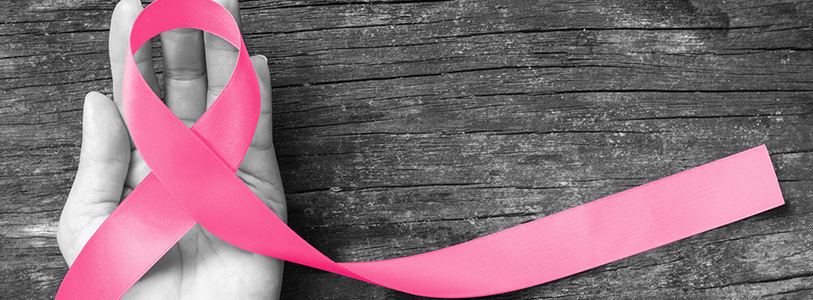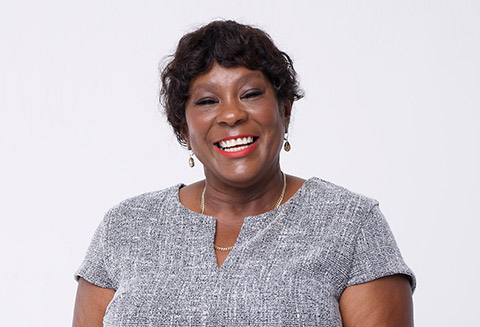Breast cancer varies by type — and so do the treatment options

Thanks to advances in research and the development of targeted medicines, women and men who develop breast cancer have more treatment options and greater chances of survival than ever before. According to the latest breast cancer statistics in the United States, approximately one in eight women and one in 1,000 men will get breast cancer in their lifetime. Further, approximately 85 percent of breast cancers occur in women who have no family history of breast cancer.
Rather than view all breast cancers as the same, we now can divide the condition into several different types based on the characteristics of their individual cells. This allows us to better understand how breast cancer can grow and spread and, most importantly, how to adjust treatments to the particular type in order to get better results.
A closer look
Different types of breast cancer are determined by whether certain protein “markers” are either present or absent on the breast cancers cells. The three types are estrogen receptors, progesterone receptors, and HER-2 receptors.
Some cancers have all three receptors, some have none, and others have some but not all. Depending on the type of cancer, treatments can involve hormone therapy, chemotherapy, and a relatively new approach called targeted therapy. Targeted therapy has been particularly effective in killing breast cancer cells that have high levels of HER-2, he notes.
Those with an inherited “breast cancer gene,” also known as BRCA 1 or BRCA 2, often have a condition known as a “triple negative cancer,” comprised of a type of cancer cell that is not killed by the traditional hormone treatments. Instead other chemotherapy protocols and radiation therapy are used.
Dividing breast cancers into different types helps us know what the chances are of a cure in the early stages, and this helps us try to raise cure rates across the board. For example, medication including anti-HER-2 targeted medication is given before surgery to remove a HER-2 positive breast cancer. On the other hand, surgery is performed first if the cancer is HER-2 negative but is estrogen or progesterone receptor positive. These patients might then get hormonal treatments or chemotherapy after their surgery.
The unfortunate reality is that not all breast cancers can be cured, and some might recur and spread to other areas of the body (metastasize). Knowing what type of breast cancer has recurred can help doctors choose the best possible medications to treat those patients.
Breast cancer stages
There are number of stages of breast cancer, depending upon its extent:
- Noninvasive: Cancerous cells remain within the lining of the breast milk duct and have not spread to surrounding breast tissue. This is considered Stage 0.
- Invasive breast cancer: Cancerous cells spread from the milk ducts to nearby breast tissue (Stage 1) — or beyond the breast to nearby lymph nodes (Stage 2). In Stage 3, the cancer is very large within the breast but has not spread beyond the nearby lymph nodes.
- Recurrent breast cancer: The cancer has come back to the same breast or chest wall area if a mastectomy was performed.
- Metastatic breast cancer: The cancer has spread to other parts of the body, including the other breast, lungs, liver, bones, and brain. (Stage 4).
The good news is that cancer care has come a long way during the last 50 years, with significant strides made in virtually every area — prevention, screening, chemotherapy, surgery, radiation and, increasingly, targeted treatments.
To learn more about breast cancer services at NewYork-Presbyterian, visit nyp.org/cancer.





